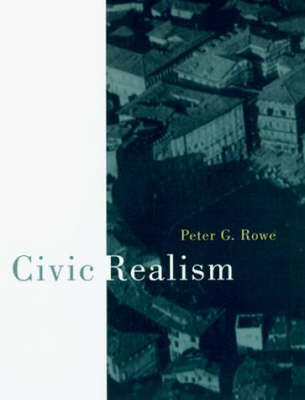The MIT Press
3 total works
Architectural Encounters with Essence and Form in Modern China
by Peter G. Rowe and Seng Kuan
The book considers such subjects as cultural developments in China in response to the forced opening to the West in the mid-nineteenth century, the return of overseas-educated Chinese architects, foreign influences on Chinese architecture, the controversy over the use of "big roofs" and other sinicizing aspects of Chinese architecture in the 1950s, the hard economic conditions of the Great Leap Forward and the Cultural Revolution - when architecture was almost abandoned - and the beginning of reform and opening up to the outside world in the late 1970s and 1980s. Finally, it looks at the present socialist market economy and Chinese architecture during the still incomplete process of modernisation.
A study of the shape and appearance of civic places and the social, political, and cultural circumstances that bring them into existence.
A civic place belongs to everyone and yet to nobody in particular. In Civic Realism, Peter G. Rowe looks at the shape and appearance of civic places, and at the social, political, and cultural circumstances that bring them into existence. The book is as much about the making and reshaping of civic places as it is about urban architecture per se. According to Rowe, the best civic place-making occurs across the divide between the state and civil society. By contrast, the alternatives are not very attractive. On the one side are state-sponsored edifices and places of authoritarian nature. On the other are the exclusive enclaves of corporate-dominated urban and suburban environments.

